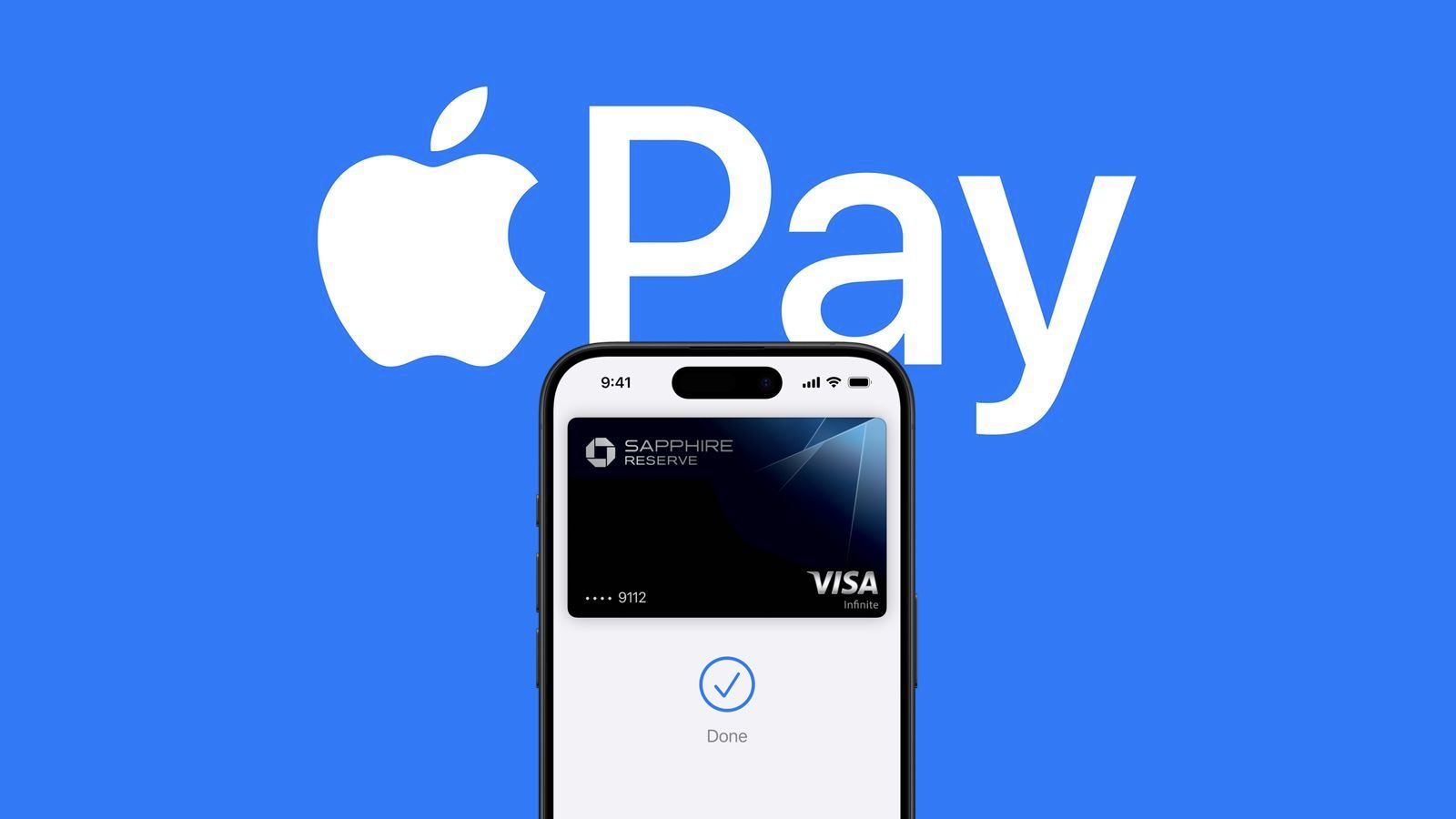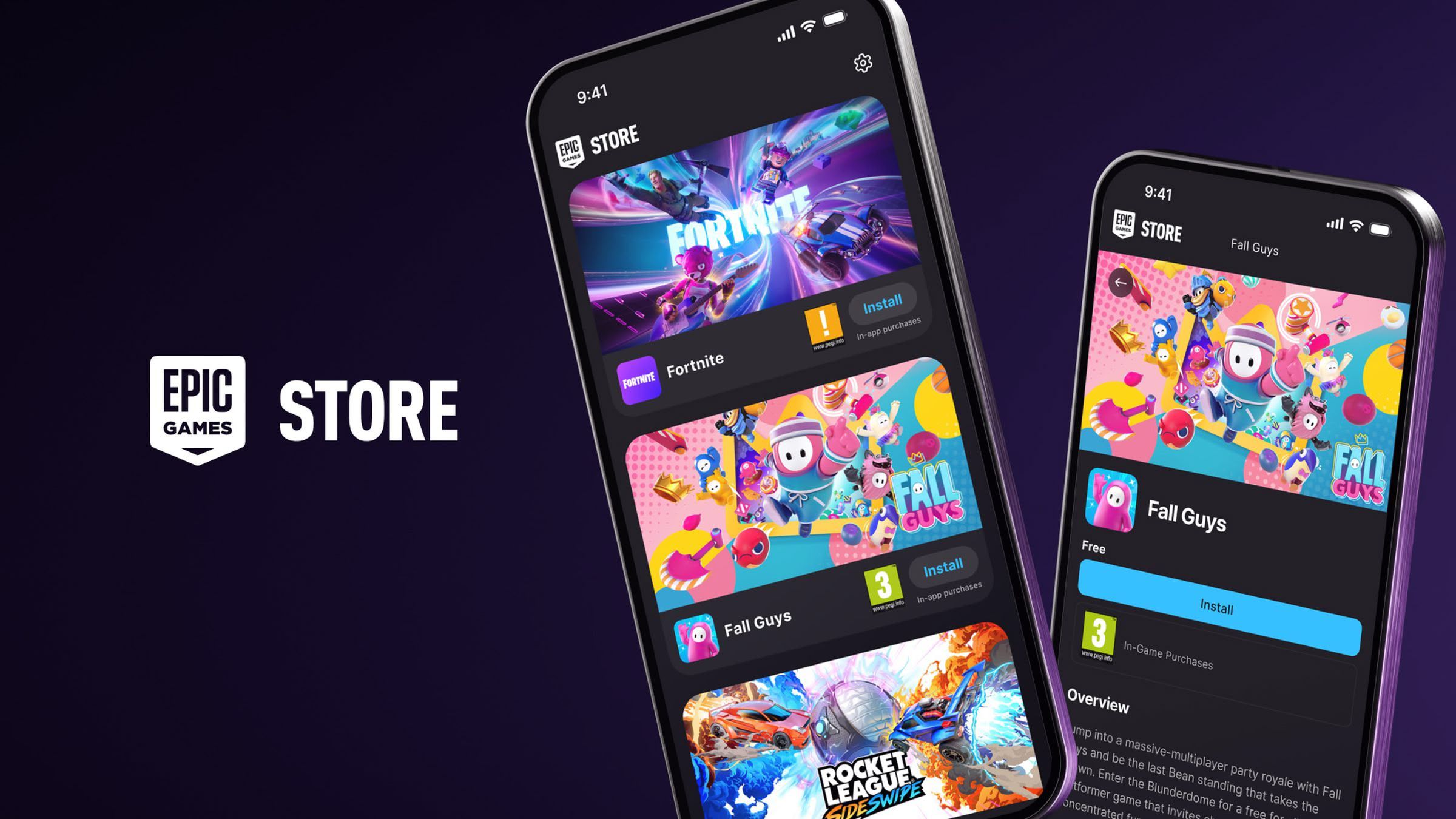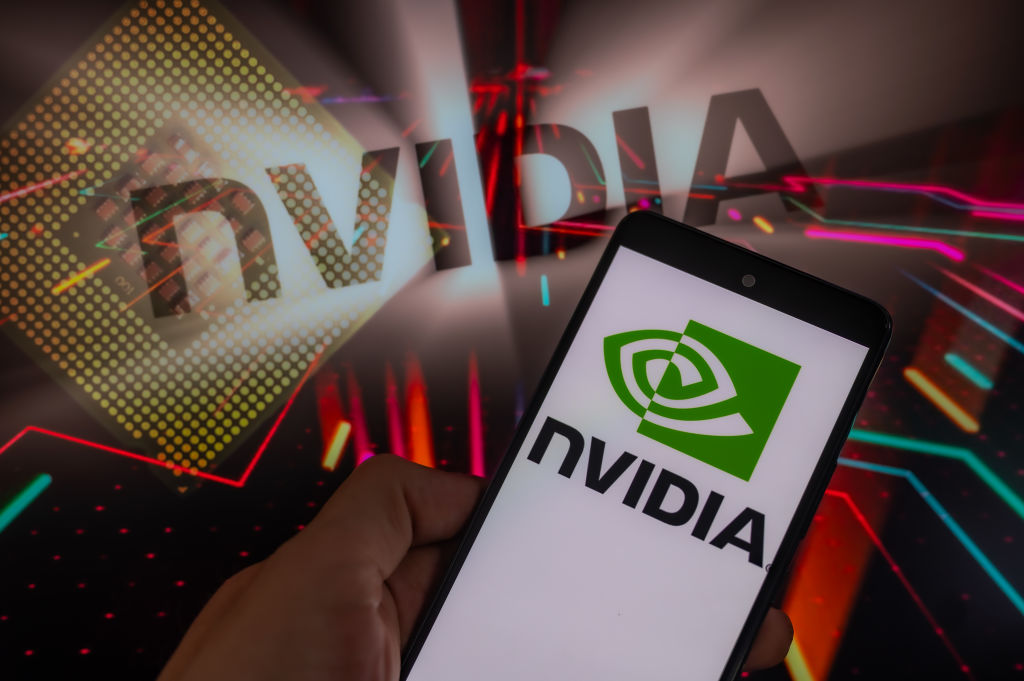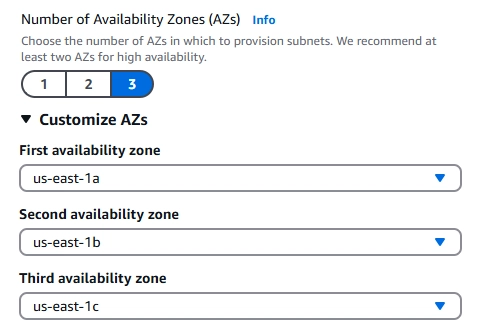The Fun Kubernetes: A Beginner's Guide to the Container Playground
If you've been lurking around the tech world, you've probably heard the word Kubernetes being tossed around like it's some kind of secret code for elite engineers. It sounds complex, maybe even intimidating. But guess what? It doesn't have to be. If you've ever played with building blocks, you know how fun it is to stack, rearrange, and create structures. Now, imagine doing the same thing—but with software applications instead of blocks. That’s Kubernetes (K8s) in a nutshell! Kubernetes (pronounced koo-ber-net-ees) is actually an exciting, powerful, and yes, fun tool once you understand what it does and how it fits into modern software development. This article aims to unpack Kubernetes for absolute beginners using simple language, analogies, and practical insights. By the end, you'll know what Kubernetes is, why it matters, and how you can start using it yourself. What is Kubernetes, Really? Containers: The Building Blocks Before we dive into Kubernetes, let’s talk about containers. If you’ve used Docker, you already know that containers are lightweight, portable units that package an application and its dependencies. Think of containers as digital Lego pieces—each one holds a piece of your app (like a database, frontend, or backend service), and you can snap them together to form a complete system. You may also want to think of a container as a lunchbox. You can take it anywhere, and the food inside will be the same whether you're eating it at school, the office, or in the park. This is important in software development because it removes the "it works on my machine" problem. The most popular tool for creating containers is Docker. But once your app grows and you have many containers to manage, you need a way to orchestrate them. Why Do We Need Kubernetes? Running one container is easy. But what if you have hundreds? What if some crash, need updates, or require more resources? Managing them manually would be a nightmare. That’s where Kubernetes comes in—it orchestrates containers, meaning it: Automatically deploys and scales apps:You declare what your app needs and Kubernetes makes it happen. Restarts failed containers:If a container dies, Kubernetes restarts it. Balances traffic between services:Distributes incoming traffic evenly to avoid overloading any one part. Manages storage and networking:Kubernetes automatically adds or removes containers based on demand. Kubernetes is that management system for applications. Kubernetes is an open-source platform that automates the deployment, scaling, and management of containerised applications. Key Kubernetes Concepts 1. Cluster A group of machines (physical or virtual) that run your application. 2. Nodes: The Workers in the Playground A node is a machine (physical or virtual) where containers run. There are two types: Worker Nodes – Where your apps actually run. Master Node (Control Plane) – The "brain" that manages the workers. 3. Pods: Your Application’s Best Friends A Pod is the smallest unit in Kubernetes—it’s a group of one or more containers that share storage and network. Think of a Pod as a playground swing set: It can hold one kid (single-container Pod). Or multiple kids (multi-container Pods) who need to work together. 4. Deployments: Keeping Your Apps Running A Deployment ensures your app stays alive. If a Pod crashes, Kubernetes spins up a new one automatically. It’s like having a self-repairing toy - that no matter how many times it breaks, it keeps coming back! isn't that magical? 5. Services: The Playground’s Gatekeeper A Service is a stable IP address that lets other apps talk to your Pods, even if they move around. Imagine it as the playground’s entrance—no matter which swing (Pod) is available, kids (requests) always know where to go. 6. Namespace Like folders for organising resources within a cluster. Let’s Play! Running Your First Kubernetes App Let's launch something small but cool! Step 1: Install Minikube (Your Local Playground) Since running a full Kubernetes cluster could be a bit complex, we’ll use Minikube, a tool that sets up a single-node cluster on your laptop. Install Minikube (Mac/Linux example) brew install minikube minikube start Step 2: Deploy a Simple App Let’s run an Nginx web server: kubectl create deployment nginx --image=nginx kubectl expose deployment nginx --port=80 --type=NodePort kubectl get services Now, open your browser with: minikube service nginx Boom! You’ve just deployed an app on Kubernetes.

If you've been lurking around the tech world, you've probably heard the word Kubernetes being tossed around like it's some kind of secret code for elite engineers. It sounds complex, maybe even intimidating. But guess what? It doesn't have to be. If you've ever played with building blocks, you know how fun it is to stack, rearrange, and create structures. Now, imagine doing the same thing—but with software applications instead of blocks. That’s Kubernetes (K8s) in a nutshell!
Kubernetes (pronounced koo-ber-net-ees) is actually an exciting, powerful, and yes, fun tool once you understand what it does and how it fits into modern software development. This article aims to unpack Kubernetes for absolute beginners using simple language, analogies, and practical insights. By the end, you'll know what Kubernetes is, why it matters, and how you can start using it yourself.
What is Kubernetes, Really?
Containers: The Building Blocks
Before we dive into Kubernetes, let’s talk about containers. If you’ve used Docker, you already know that containers are lightweight, portable units that package an application and its dependencies.
Think of containers as digital Lego pieces—each one holds a piece of your app (like a database, frontend, or backend service), and you can snap them together to form a complete system. You may also want to think of a container as a lunchbox. You can take it anywhere, and the food inside will be the same whether you're eating it at school, the office, or in the park. This is important in software development because it removes the "it works on my machine" problem.
The most popular tool for creating containers is Docker. But once your app grows and you have many containers to manage, you need a way to orchestrate them.

Why Do We Need Kubernetes?
Running one container is easy. But what if you have hundreds? What if some crash, need updates, or require more resources? Managing them manually would be a nightmare.
That’s where Kubernetes comes in—it orchestrates containers, meaning it:
- Automatically deploys and scales apps:You declare what your app needs and Kubernetes makes it happen.
- Restarts failed containers:If a container dies, Kubernetes restarts it.
- Balances traffic between services:Distributes incoming traffic evenly to avoid overloading any one part.
- Manages storage and networking:Kubernetes automatically adds or removes containers based on demand.
Kubernetes is that management system for applications.
Kubernetes is an open-source platform that automates the deployment, scaling, and management of containerised applications.
Key Kubernetes Concepts
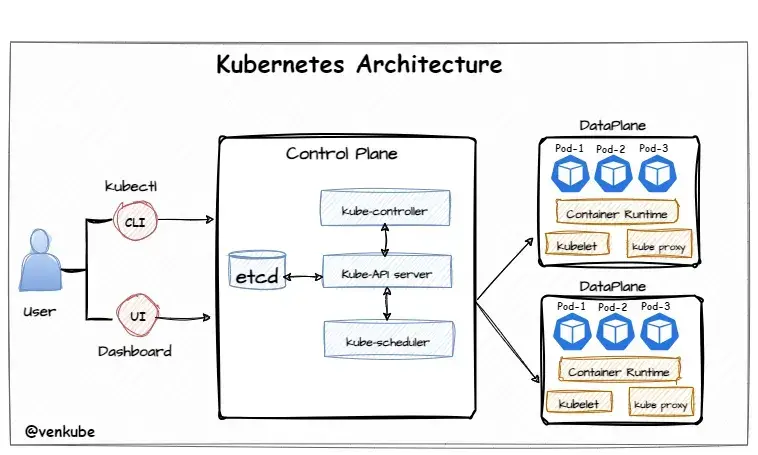
1. Cluster
A group of machines (physical or virtual) that run your application.
2. Nodes: The Workers in the Playground
A node is a machine (physical or virtual) where containers run. There are two types:
- Worker Nodes – Where your apps actually run.
- Master Node (Control Plane) – The "brain" that manages the workers.
3. Pods: Your Application’s Best Friends
A Pod is the smallest unit in Kubernetes—it’s a group of one or more containers that share storage and network.
Think of a Pod as a playground swing set:
- It can hold one kid (single-container Pod).
- Or multiple kids (multi-container Pods) who need to work together.
4. Deployments: Keeping Your Apps Running
A Deployment ensures your app stays alive. If a Pod crashes, Kubernetes spins up a new one automatically.
It’s like having a self-repairing toy - that no matter how many times it breaks, it keeps coming back! isn't that magical?
5. Services: The Playground’s Gatekeeper
A Service is a stable IP address that lets other apps talk to your Pods, even if they move around.
Imagine it as the playground’s entrance—no matter which swing (Pod) is available, kids (requests) always know where to go.
6. Namespace
Like folders for organising resources within a cluster.
Let’s Play! Running Your First Kubernetes App
Let's launch something small but cool!
Step 1: Install Minikube (Your Local Playground)
Since running a full Kubernetes cluster could be a bit complex, we’ll use Minikube, a tool that sets up a single-node cluster on your laptop.
Install Minikube (Mac/Linux example)
brew install minikube
minikube start
Step 2: Deploy a Simple App
Let’s run an Nginx web server:
kubectl create deployment nginx --image=nginx
kubectl expose deployment nginx --port=80 --type=NodePort
kubectl get services
Now, open your browser with:
minikube service nginx
Boom! You’ve just deployed an app on Kubernetes.


















































_courtesy_VERTICAL.jpg)





















































































































![[The AI Show Episode 145]: OpenAI Releases o3 and o4-mini, AI Is Causing “Quiet Layoffs,” Executive Order on Youth AI Education & GPT-4o’s Controversial Update](https://www.marketingaiinstitute.com/hubfs/ep%20145%20cover.png)













































































































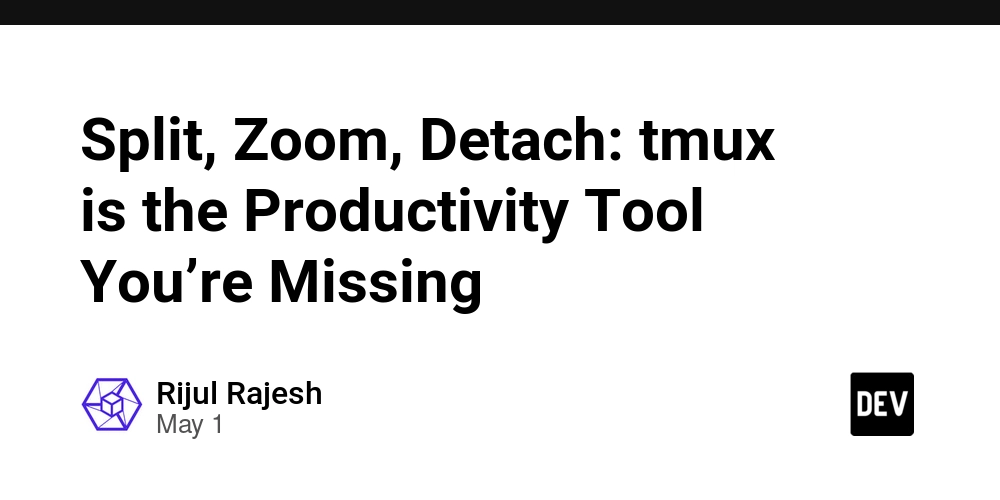
















![[DEALS] Mail Backup X Individual Edition: Lifetime Subscription (72% off) & Other Deals Up To 98% Off – Offers End Soon!](https://www.javacodegeeks.com/wp-content/uploads/2012/12/jcg-logo.jpg)






























































































































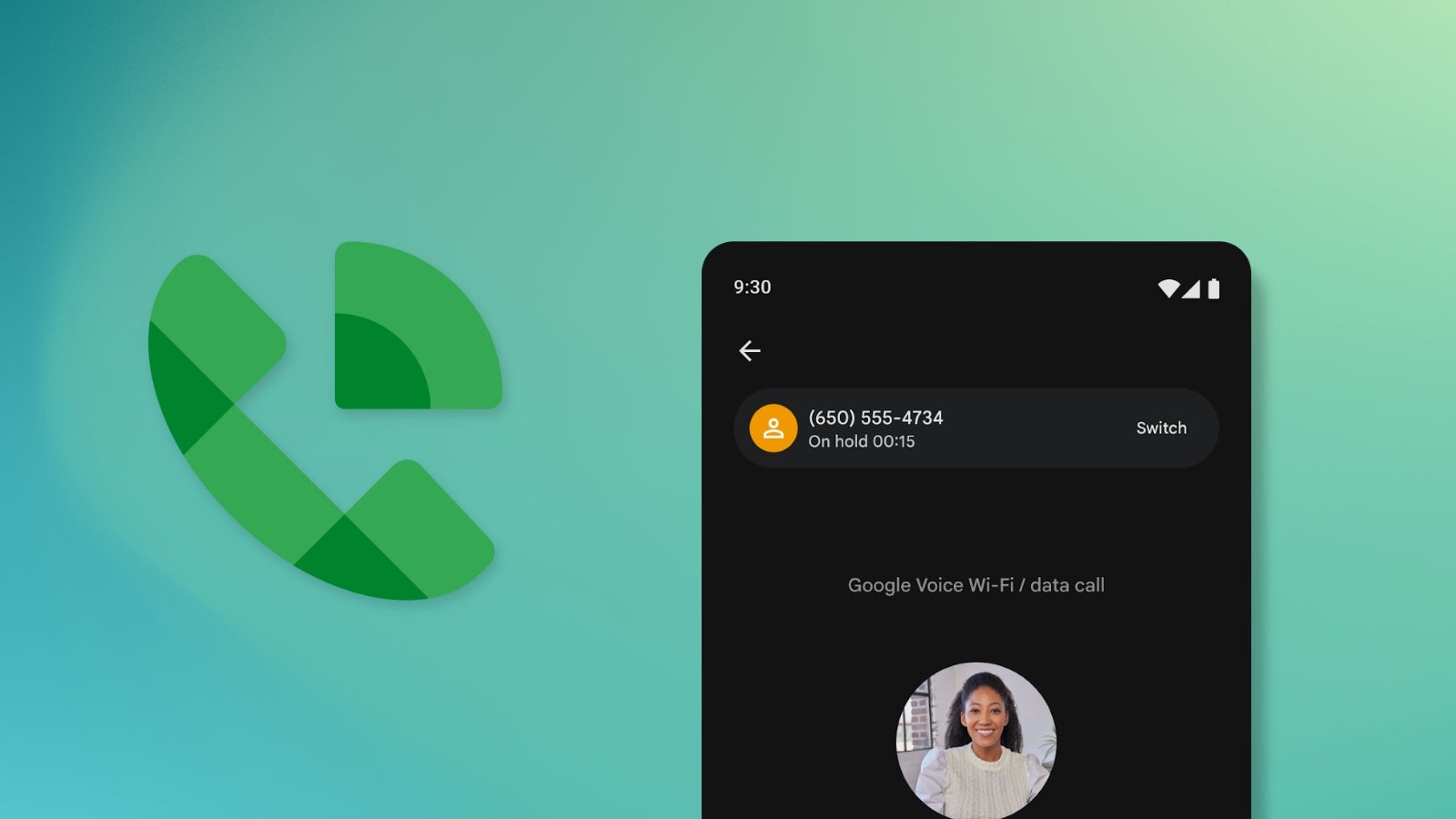














_Andreas_Prott_Alamy.jpg?width=1280&auto=webp&quality=80&disable=upscale#)
















































































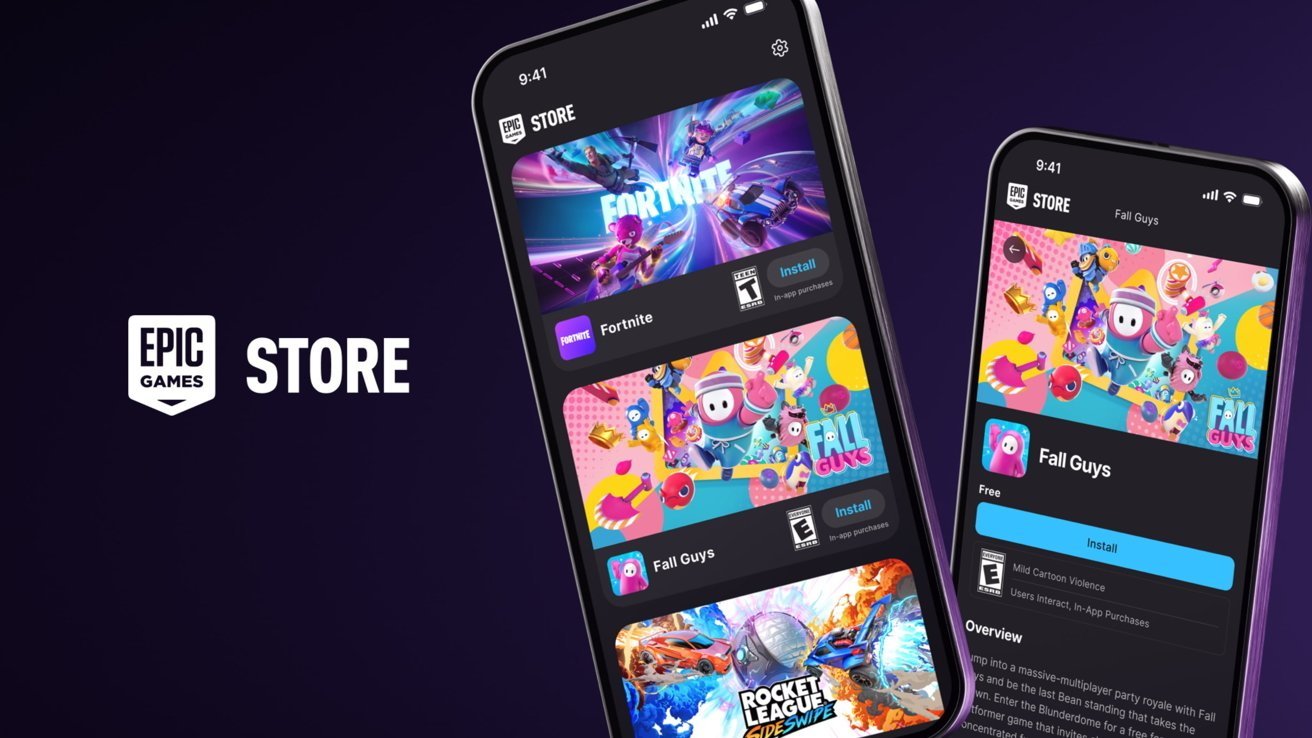
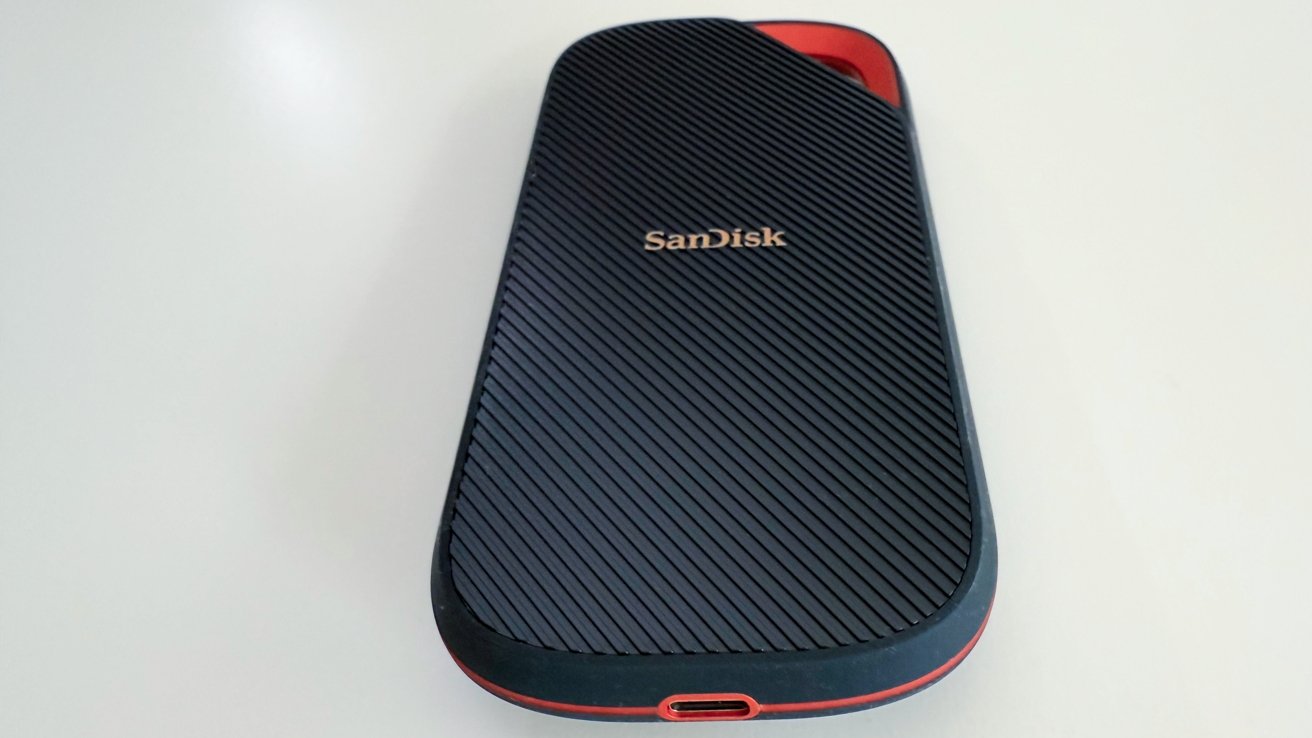

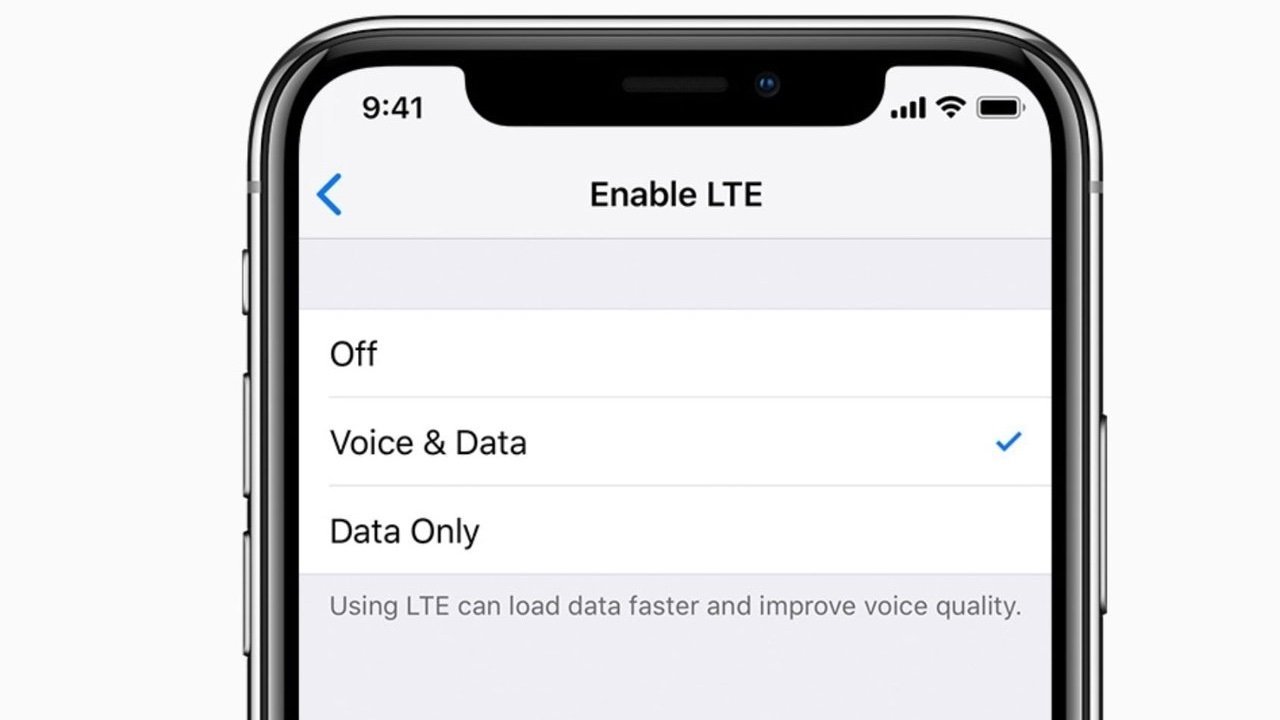
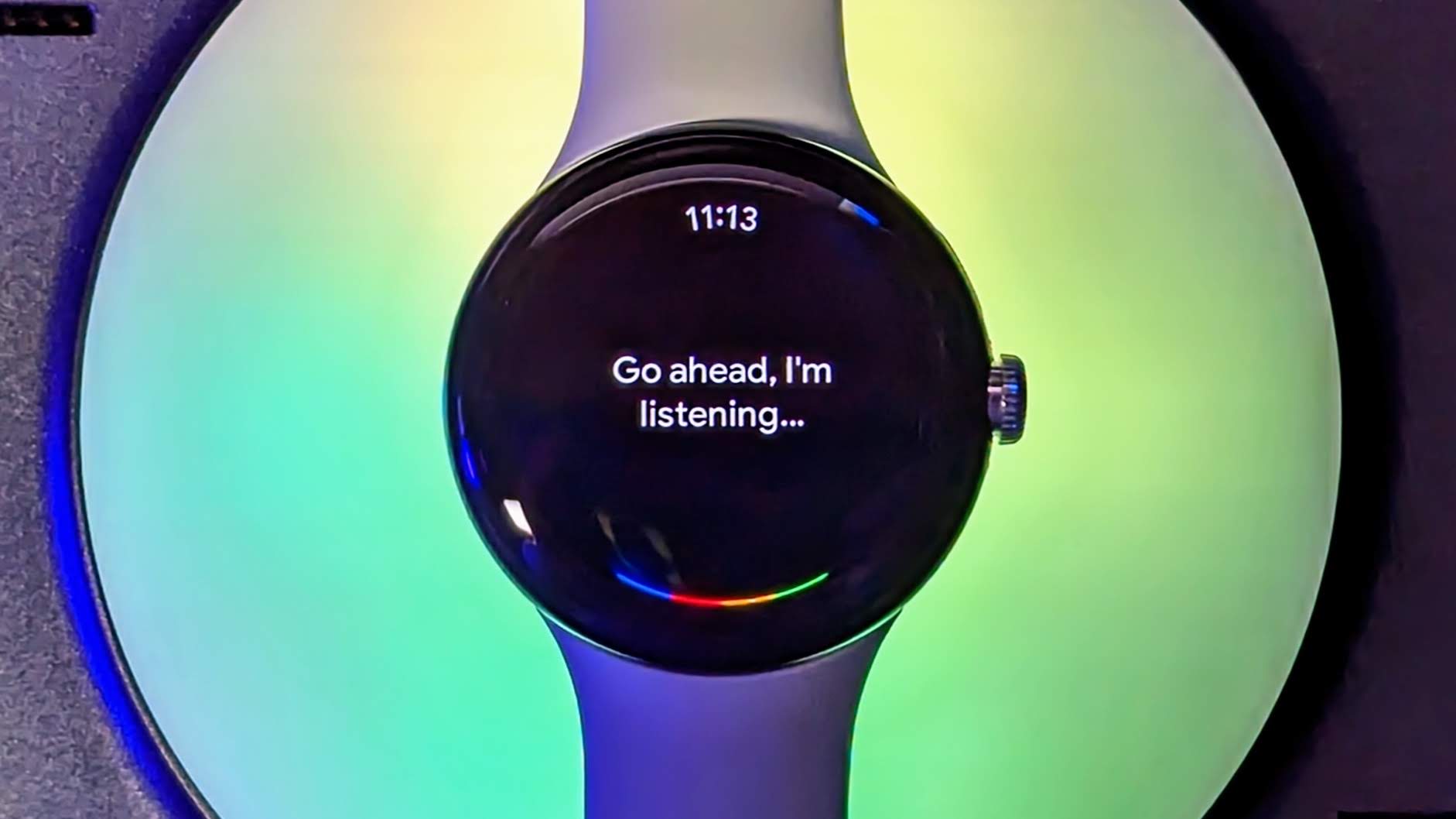

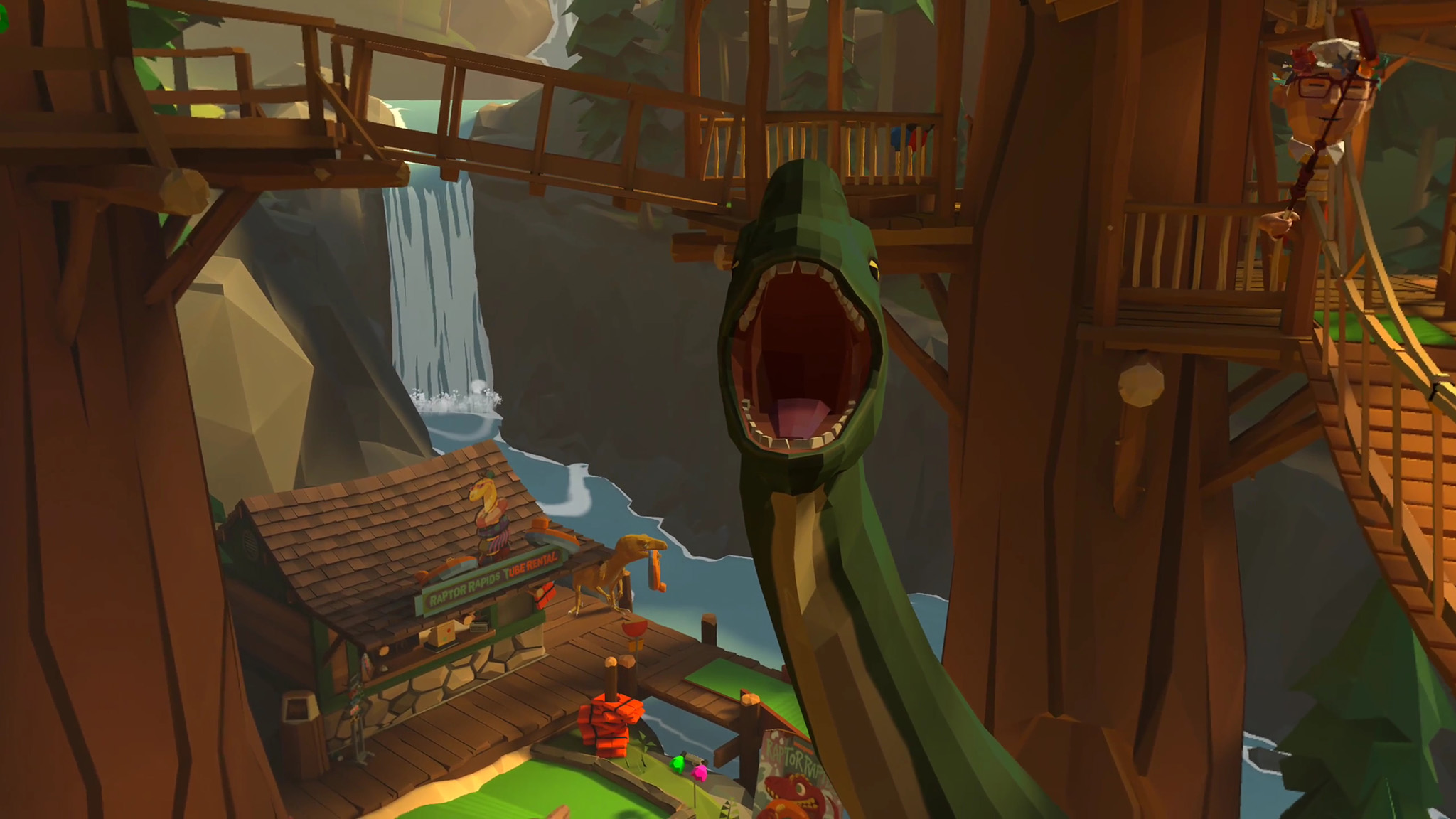
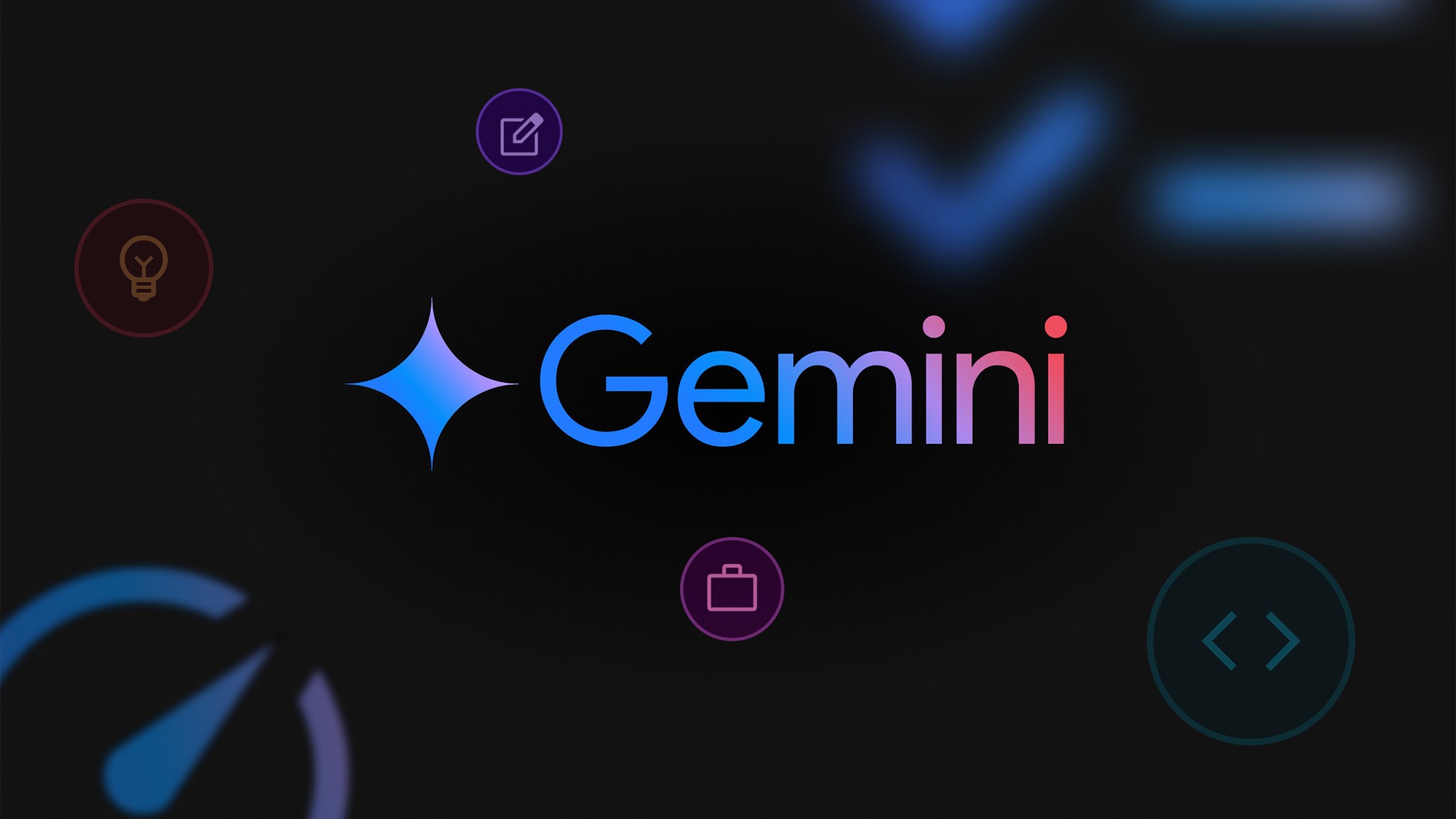





















![Apple Ships 55 Million iPhones, Claims Second Place in Q1 2025 Smartphone Market [Report]](https://www.iclarified.com/images/news/97185/97185/97185-640.jpg)












































